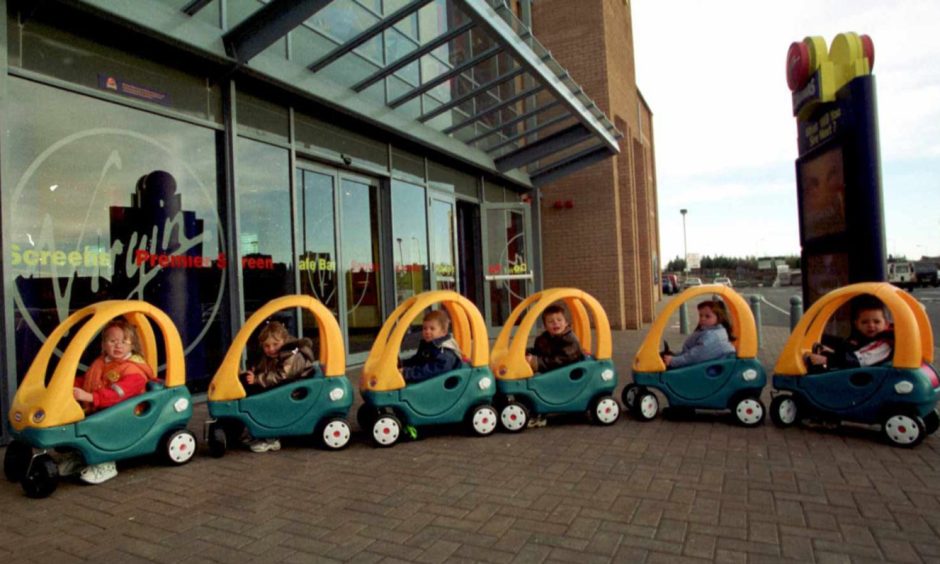
A multiplex cinema rose from the post-industrial ruins of NCR and became a thriving hub for Dundee movie lovers.
The nine-screen Virgin Cinema opened in September 1999 during cinema’s blockbuster decade of Sylvester Stallone, Arnold Schwarzenegger and Bruce Willis.
It became Dundee’s biggest with 1,852 seats.
The large, air-conditioned theatre with cup-holders and surround sound was a world away from the tired picture houses that had looked the same since the 1940s.
At the peak of film-going, in the 1930s and 1940s, Dundee had more cinemas and seats per head of population than anywhere else in the UK.
A two-screen ABC facility and a single screen at the Steps Theatre was all that remained when the Vic on Victoria Road was pulled down in August 1990.
The Odeon was Dundee’s first multiplex
The multiplex revolution began with the opening of the six-screen Odeon at Stack Leisure Park in Lochee in June 1993 with capacity for 1,646 people.
Plans for a second multiplex cinema emerged in December 1996.
A multi-million-pound hotel and leisure development was proposed for the Camperdown area on the 13-acre site at the former NCR factory off Kingsway West.
The site was initially sold by Dundee City Council to LBW (Jersey) Ltd for £800,000.
It would be called the Camperdown Leisure Park.
A multiplex cinema, ice rink, restaurant and 72-room hotel were proposed.
The Courier said part of the frontage of the former NCR factory would be retained.
Richard Branson’s Virgin organisation was secured for the cinema.
It was initially to feature 11 screens.
The Courier said: “Every one of the screens will be wall-to-wall with digital sound, air conditioning and over a metre of leg room.
“Visitors will be able to relax before their chosen film in a licensed café bar and there will also be a retail movie store on site selling soundtracks, books and videos.
“An exclusive auditorium called the Premier Screen will have executive-style seats with tables for popcorn and waitress service before the main event.”
Dundee was on the brink of cinema wars
Another twist emerged before the turf was cut.
Planning applications were lodged with the city council for a 10-screen cinema at the proposed Eclipse Leisure Park in Douglas.
An eight-screen development by Hoyts was proposed for the Overgate.
Forth Ports were also planning to include a nine-screen multiplex at City Quay.
And this is not forgetting the two-screen cinema at Dundee Contemporary Arts, which was opening in March 1999 on the site of the former Nethergate Garage.
The Evening Telegraph suggested the growing possibility of a “cinema war” in Dundee.
The Tele said: “Dundee is faced with the prospect, if already tabled proposals and probable plans all come to fruition, of having nearly 50 cinema screens operating in the city, the bulk of these housed in four new multiplexes.
“Despite a surge in cinema attendance in recent years, there is growing concern Dundee cannot realistically sustain so many screens.”
There was plenty of gnashing of teeth.
“There is such a thing as overkill,” said an Odeon spokesman.
The City Quay and Overgate Centre cinema plans eventually fizzled out.
Glasgow-based Vico Properties then purchased the Camperdown site from LBW for £1.3m before construction started on the £9.6m cinema.
Construction started in December 1998
AMEC Construction Ltd was awarded the £3.4m contract.
Meanwhile, Odeon was signed up for the cinema at the Eclipse Leisure Park in Douglas, which would become the company’s second multiplex.
The competition was heating up.
The ABC’s closure in December 1998 was put down to the rise of the multiplexes.
The march of progress continued at Camperdown Leisure Park.
The exterior shell of the Virgin Cinema was completed in May 1999.
The number of screens was reduced from 11 to nine.
Virgin began recruiting the 70 or so personnel with the “required personality and charisma” who would staff the new cinema.
The launch was confirmed for September 1999.
What was the first movie shown?
Lethal Weapon.
An old copy of the buddy cop movie with Mel Gibson and Danny Glover that delighted audiences in 1987 was used to test the projector.
A VIP evening took place before the cinema opened to the public.
It was hoped Richard Branson would come to Dundee for its opening.
He didn’t.
Runaway Bride was shown at premiere
The ribbon was cut by Lord Provost Helen Wright and Dennis the Menace.
A group of local heroes and heroines who had all shown outstanding service and commitment to their own communities were invited to the premiere.
A 10-minute film made entirely in Dundee by Virgin Cinema TV was premiered.
It began with a whirlwind tour of some of the city’s landmarks.
Young and old contributed to the film, which featured in-line skaters, line dancers, singers, comedians aplenty and Dennis the Menace.
The city’s football teams were not forgotten and Dundee United’s David Hannah made an appearance, trying his hand at stand-up comedy.
Thankfully for comedy fans, no trace of the film survived.
The premiere also included a champagne reception and an advance screening of the new Julia Roberts and Richard Gere movie, Runaway Bride.
The romantic comedy reunited the stars of Pretty Woman, but this time around the Roberts/Gere chemistry was largely absent, as were any decent gags.
Maybe they should have shown Lethal Weapon.
From Eyes Wide Shut to Doug’s 1st Movie
The first full public screenings began on September 17.
There were four pay desks in the foyer to ensure queuing was kept to a minimum.
There were also automated ticket machines.
What would you have watched in September 1999?
The 13th Warrior with Antonio Banderas?
Star Wars fans could watch Ewan McGregor in The Phantom Menace.
The Thomas Crown Affair with Pierce Brosnan?
South Park?
Drop Dead Gorgeous, Instinct, Ravenous and Eyes Wide Shut were other showings and Doug’s 1st Movie was an animated comedy for children.
The cinemas ranged in size from the largest 529-seater Cinema Five to the Premier Screen, which was more exclusive with a 79-seat capacity.
Premier Screen had a private check-in area and fully-licensed bar.
You could take your drink into the auditorium to watch the film.
The first movie shown was The General’s Daughter with John Travolta.
The Premier Screen was fully booked during that opening weekend.
Fancy going unlimited at Virgin Cinema?
The Virgin MegaPass allowed you to see as many films as many times as you liked.
A four-week pass cost £15 and an eight-week one £25.
But the cinema’s time under the Virgin branding was short lived.
Virgin sold the chain’s UK division to UGC for £215m in October 1999.
The Dundee cinema was rebranded as Cineworld in 2005.
The signage changed but the drama continued on the silver screen.
It was the place to watch noughties bangers like The Bourne Identity, The Dark Knight, The Departed, Gladiator, Sin City, Taken and Wedding Crashers.
And people loved it.
Cineworld Dundee has now clocked up a quarter of a century of sending audiences home happy – and there’s still plenty of movie magic to be made.
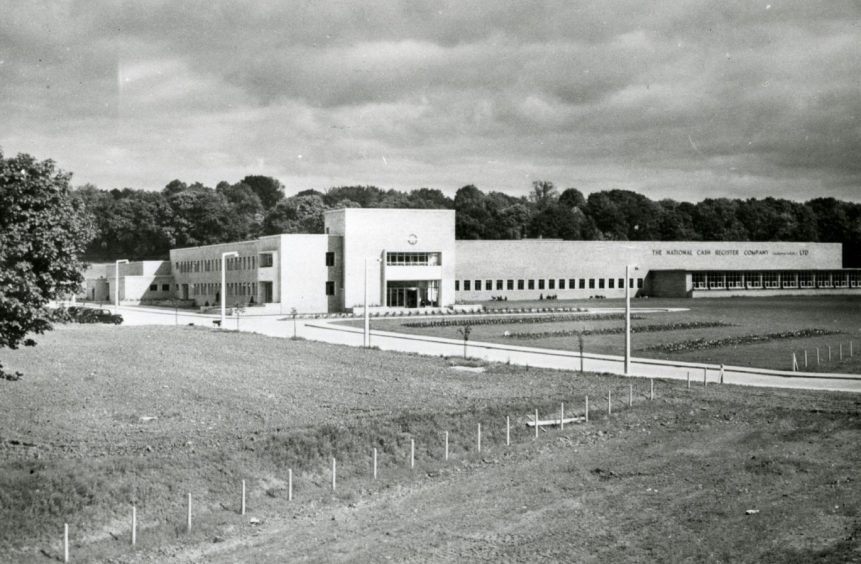
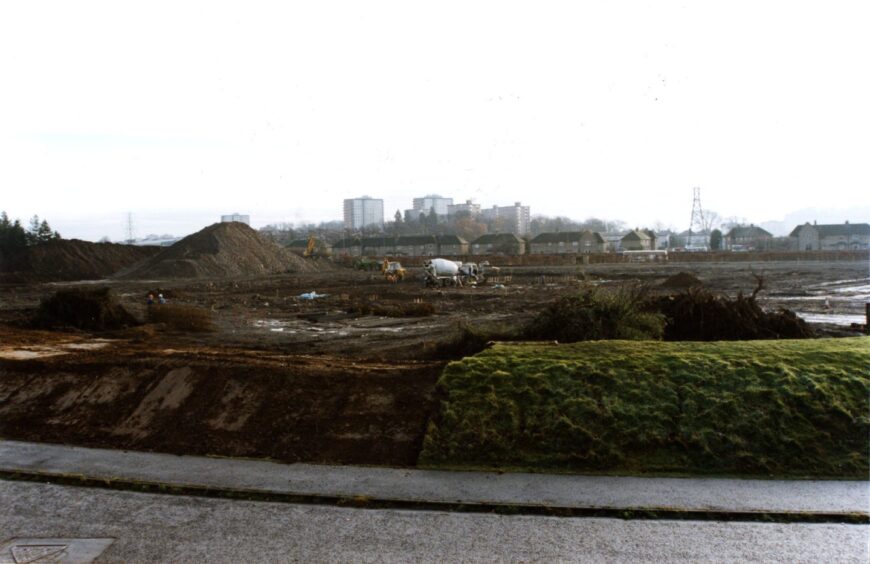
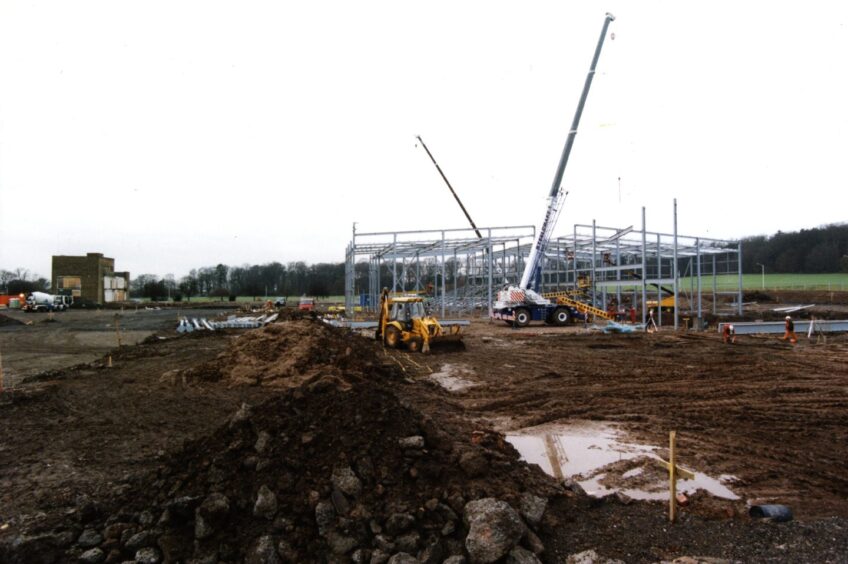
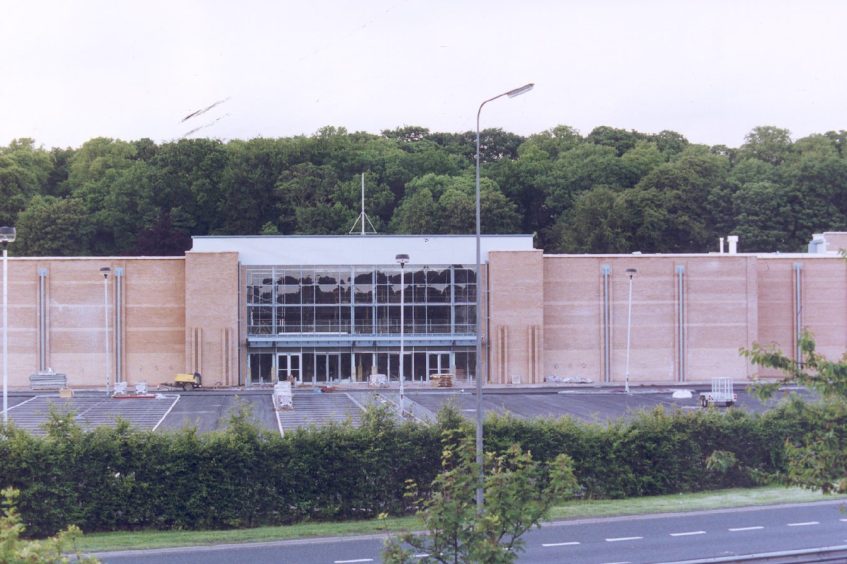
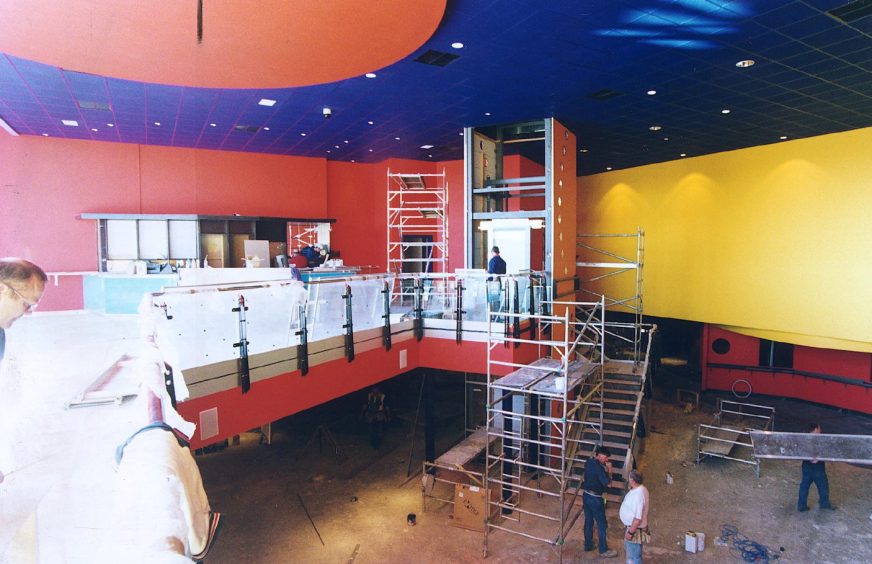
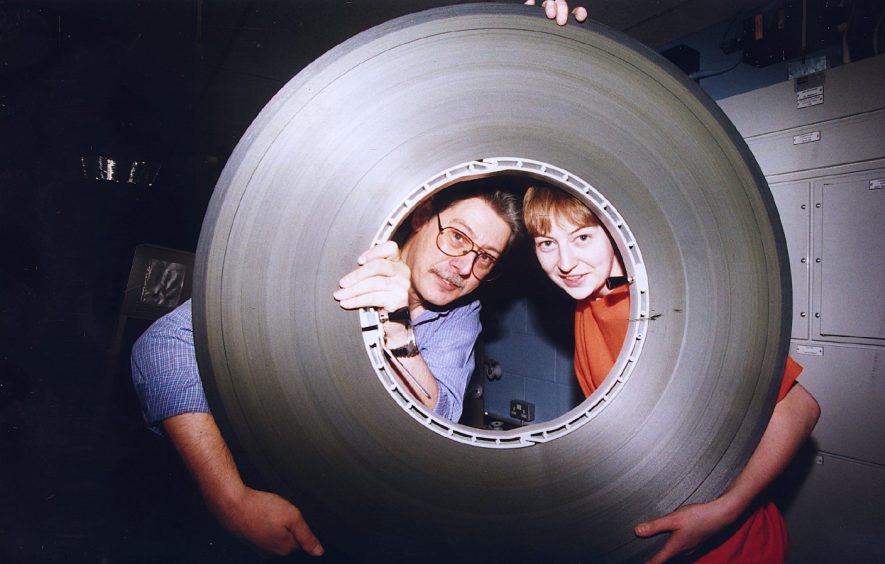
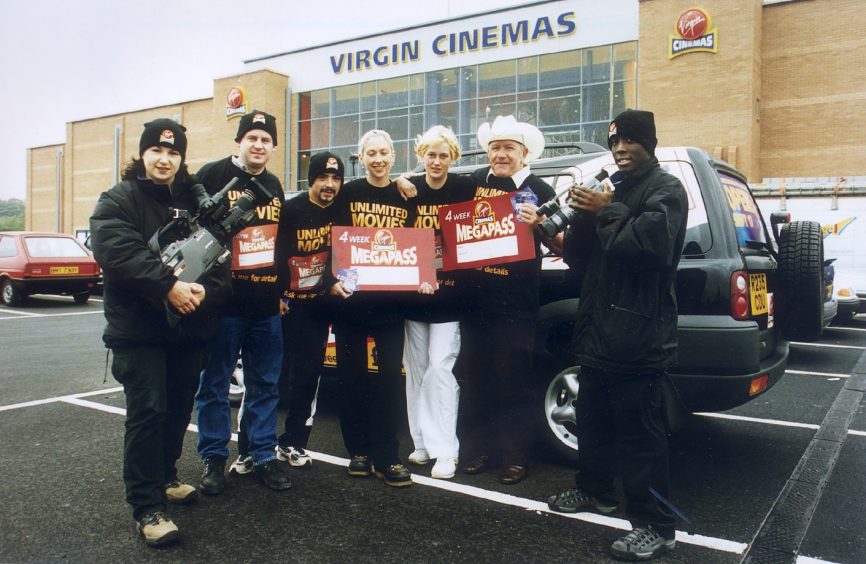
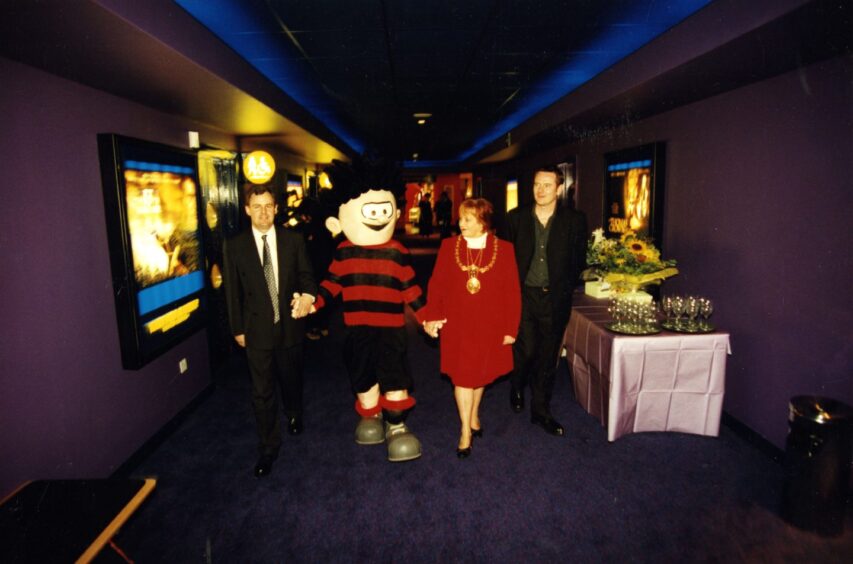
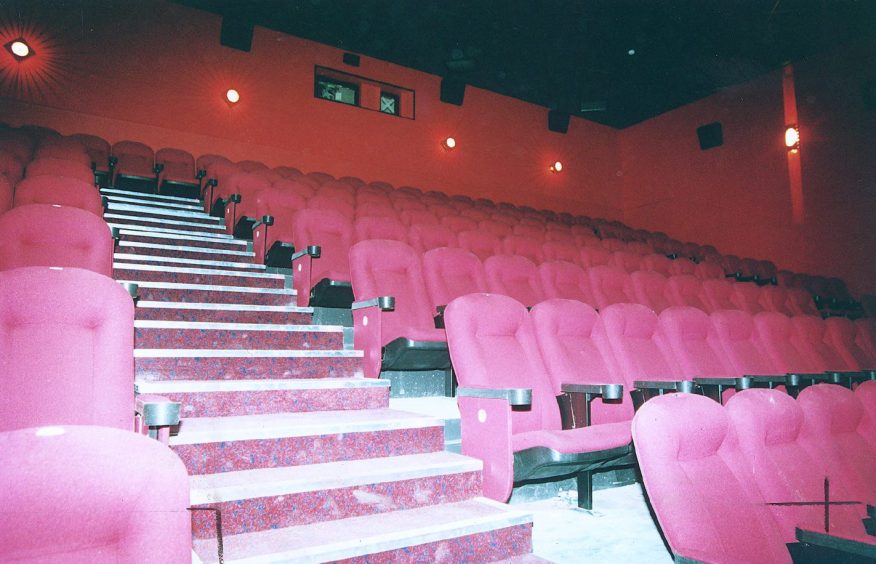
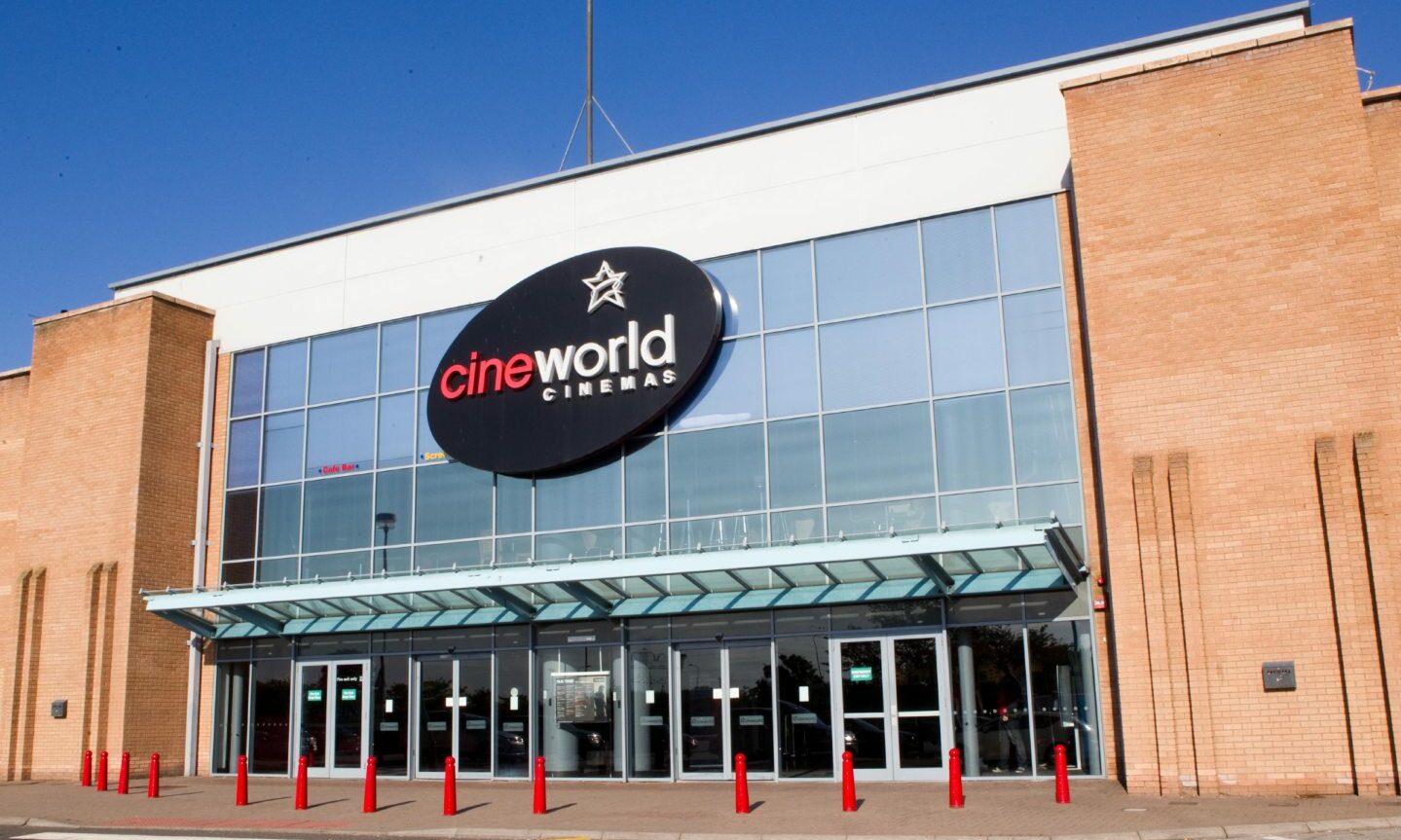










Conversation